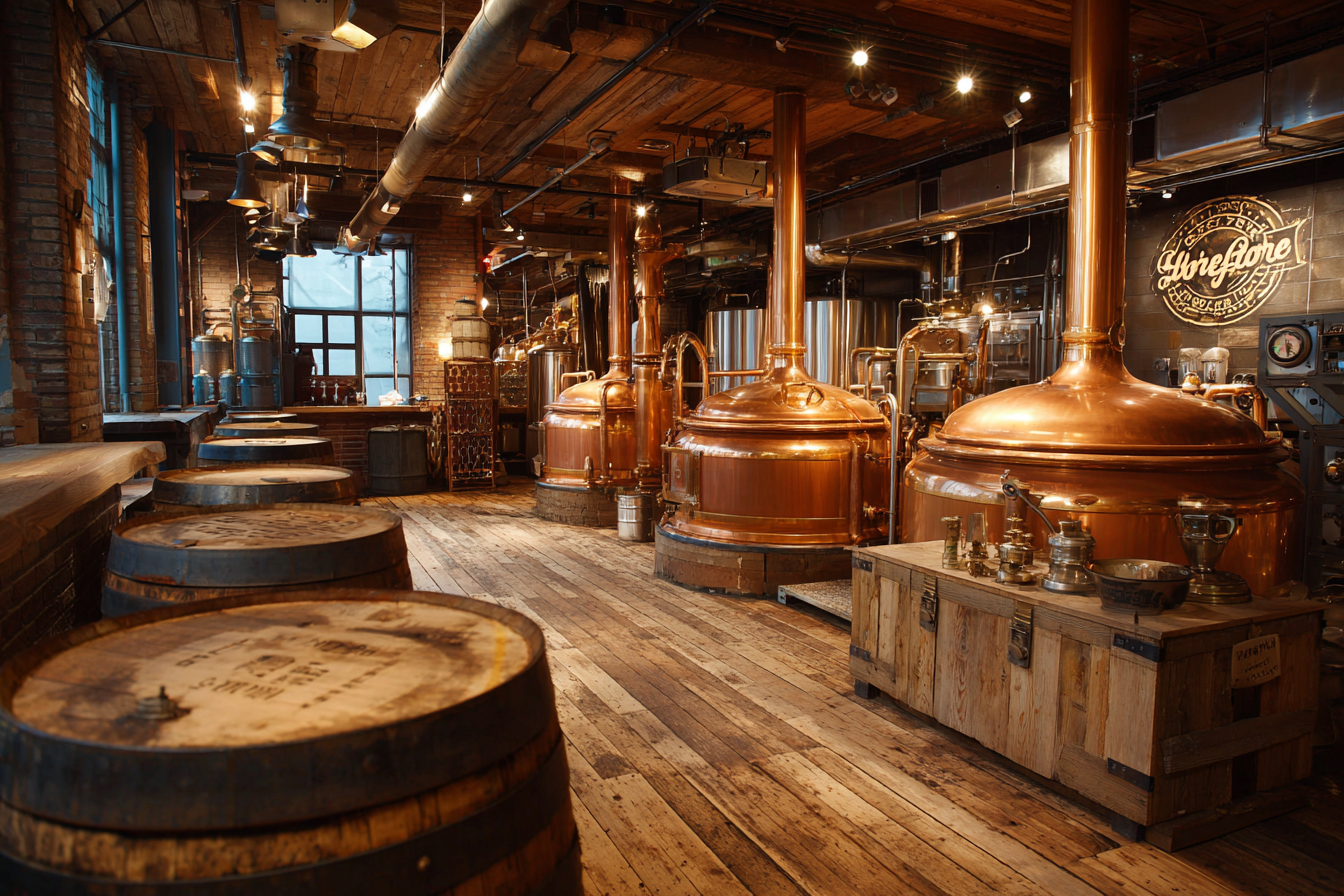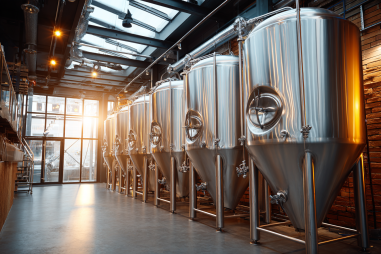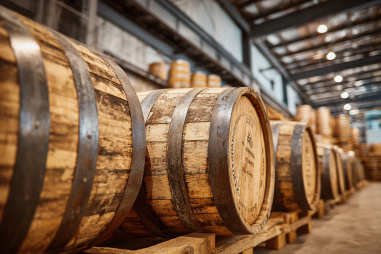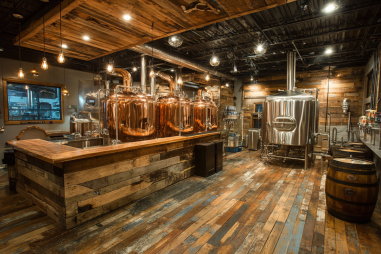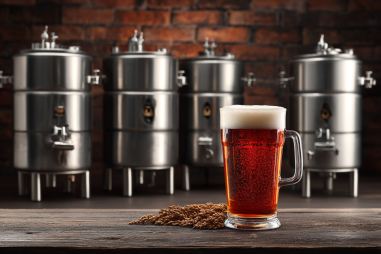When you think of a crisp, refreshing lager that combines tradition with meticulous brewing, few styles come close to the German Pils. Hailing from northern Germany, the German Pils—or Pilsner—is a beer style defined by its bright golden color, finely balanced hop bitterness, and clean malt backbone. But what exactly goes into crafting this classic lager? The German Pils brewing process is both an art and a science, carefully calibrated to produce the signature character lovers of the style cherish. Let’s take a detailed journey through the stages of brewing, from ingredient selection to packaging, and uncover what makes a German Pils truly special.
Key Ingredients: Malt, Hops, Yeast, and Water
Every great beer starts with its ingredients, and the German Pils is no exception. The quality and selection of malt, hops, yeast, and water are foundational to achieving that distinctively clean and slightly bitter profile.
Malt: German Pils typically relies on high-quality Pilsner malt, which is a pale, slightly sweet malt that provides a delicate grain flavor and a pale golden color. The malt is usually well-modified, allowing for efficient conversion during mashing, while imparting a smooth malt character that won’t overpower the hops.
Hops: One of the defining features of German Pils is its hop bitterness and aroma. Traditional German noble hops like Hallertau, Tettnang, or Spalt are preferred for their mild, spicy, and floral characteristics. These hops contribute both bittering in the boil and subtle aromatic notes, thanks to the balanced hopping schedule.
Yeast: The yeast strain selected for a German Pils is a clean-fermenting lager yeast, often from traditional German yeast cultures. This yeast ferments slowly at cooler temperatures, producing minimal fruity esters or off-flavors, which allows the malt and hop flavors to shine true.
Water: Water chemistry is critical in brewing any beer, and for German Pils water is typically soft to moderately hard with balanced mineral content. The classic water profile from northern Germany (e.g., Pilsen region) contains low sulfate levels, which helps maintain a soft bitterness and a smooth finish.
Mashing and Lautering
The brewing process begins with mashing—the step where malted grains are mixed with hot water to activate enzymes that convert starches into fermentable sugars. For German Pils, the mash temperature is usually controlled precisely between 62-66°C (143-150°F) to produce a wort with a good balance of fermentable and unfermentable sugars. This balance is essential to create a beer that’s dry and crisp but with enough body to support the hop bitterness.
German brewers often use a single infusion mash or occasionally a step mash, which might include a protein rest to improve clarity and foam stability. After mashing, lautering follows, where the sweet wort is separated from the spent grain bed. Lautering is done carefully to ensure clear wort without excess tannins or husk material, which could create off-flavors or astringency.
Boiling and Hopping Techniques Unique to German Pils
Once lautering is complete, the wort enters the boiling kettle, where it is boiled typically for 60 to 90 minutes. This stage serves several important purposes: sterilization, concentration through evaporation, protein coagulation, and the critical isomerization of hop alpha acids, which contribute bitterness.
German Pils brewing emphasizes a distinct hopping profile. Bittering hops are added early in the boil to impart clean, restrained bitterness, never overpowering but well-defined. Later additions focus on aroma and flavor hops, usually in the last 10 to 15 minutes of the boil, to capture the noble hop character. Some brewers also use a technique called “hop back,” which circulates hot wort through a vessel filled with fresh hops right after the boil, capturing delicate hop aromas that are difficult to retain with standard late hopping.
Fermentation and Lagering Process
After boiling, the wort is rapidly cooled to fermentation temperatures, generally between 8-12°C (46-54°F) for German Pils yeast. This cooler temperature enables the selected lager yeast to ferment slowly and cleanly, reducing the production of fruity esters or diacetyl that might mask the beer’s crisp flavor profile.
The primary fermentation usually lasts about two weeks, followed by a crucial phase called lagering, where the beer is stored cold (just above freezing) for several weeks to months. Lagering allows the beer to mature, clarifying the flavors, precipitating unwanted proteins and yeast, and developing the signature smoothness of a Pils. This cold conditioning is what differentiates lagers like German Pils from ales brewed with warmer-fermenting yeast strains.
Quality Control and Packaging
Maintaining quality throughout the brewing and packaging process is vital to ensure the consistent character of German Pils. Throughout brewing, brewers test parameters such as gravity, pH, bitterness units (IBUs), and microbiological purity. During and after fermentation, sensory evaluations help to catch any unwanted flavors early.
When ready, the beer is filtered or centrifuged to achieve the sparkling clarity characteristic of German Pils. Packaging methods vary, but most quality-focused breweries use stainless steel bright tanks for maturation and then package the beer either in bottles, cans, or kegs under controlled conditions to preserve freshness and carbonation.
The Craftsmanship Behind German Pils’ Signature Character
The distinctive taste and appearance of German Pils is a product of more than just ingredients—it is the result of a precise and traditional brewing process. From the choice of pale Pilsner malt and noble hops to the controlled mash temperatures, careful hopping, cool fermentation, and extended lagering, each step contributes to its crisp bitterness, subtle malt sweetness, and bright clarity.
When you enjoy a cold glass of German Pils, you are tasting centuries of expertise and dedication. The brewing process itself defines the balance and purity of flavors that have made German Pils beloved around the world. For brewers and beer lovers alike, understanding this process brings a greater appreciation for the craftsmanship behind this classic lager style.

